When you go out for Japanese food, or if you’ve had the pleasure of going directly to Japan for a truly authentic experience, you might be inclined to order sake.
This traditional Japanese beverage, made from fermented rice, predates recorded history. Even with its lengthy past, like wine, it can still be a mysterious and misunderstood beverage.
Have you ever wondered how to make the most of sake while dining? Understanding more about what sake is, the qualities it can have, and how to pair food flavours with it may just make sake your favourite beverage to order when dining anywhere in the world.
What Is Sake?
If you’re new to the world of Japanese cuisine and spirits, sake is actually called nihonshu in Japanese. Sake can refer to liquor in general, while nihonshu specifically refers to what most people outside of Japan call sake.
This fermented beverage is made from rice, water, yeast, and koji, and usually has an alcohol content of around 14–16%. In some sakes, additional alcohol will be added to balance out flavours or to enhance the shelf life.
While you’ll often see sake served hot in those lovely carafes at Japanese restaurants, it can be served cold, too.
Some confusion seems to arise right around this point, for some sakes are best served chilled, while others need to be heated. Some have bolder, richer tastes, while others are lighter.

Further complicating matters is that there are also different types and grades.
If you’ve ever gone for Japanese food in another country, you may have only been offered one type of sake, likely a hot one, that probably wasn’t as splendid of an experience as it could’ve been.
Similar to wine pairings, if you make the mistake of ordering a sake that isn’t a match for what you’re eating, you’re likely to be disappointed.
While there are so many intricacies to understand about sake, learning about some of the more common types, as well as some basic pairing tips, can bring you closer to enjoying this Japanese delight.
Basic Types and Grades of Sake
Any decent establishment that serves sake will have an array of sakes on hand. If you’ve only had sake once or twice, this list can be a bit overwhelming.
Here’s a quick rundown on sake grades.
Junmai
Junmai sakes have a strong aroma and full-bodied character. Rice-influenced flavours with Junmai sakes tend to be quite apparent, bringing out earthy notes.
Seimaibuai refers to the degree to which a brewing rice grain has been polished. Another way to think of it is that seimaibuai tells you how much of the original rice grain is leftover after being milled or polished.
Junmai sake typically has a seimaibuai of at most 70%, and tends to be served hot. There is no additional brewer’s alcohol added to any Junmai sakes.
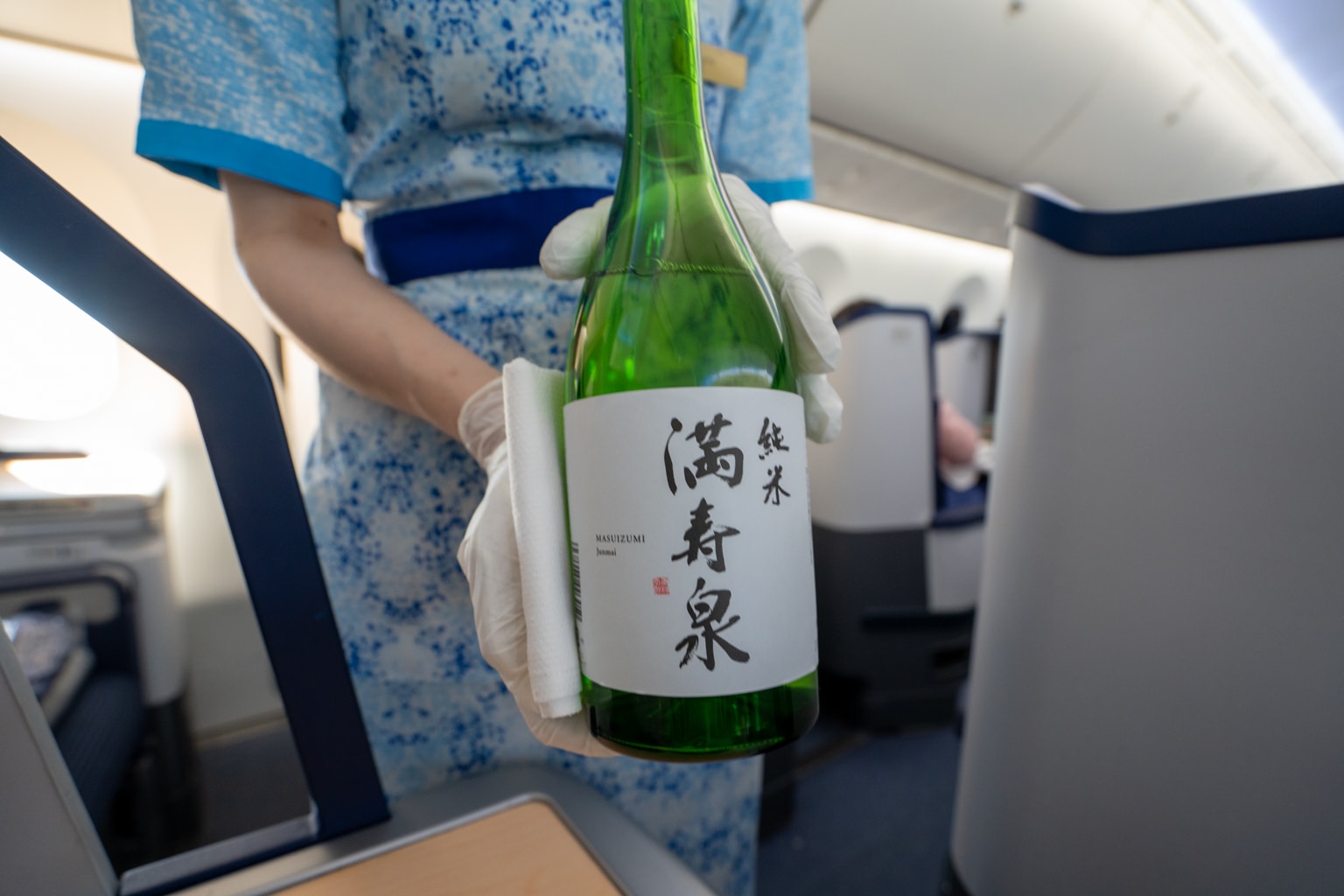
Ginjo or Daiginjo
Either of these labels will give you a clue that your sake will have an expressive aroma of fruity and floral notes. Compared to some of the sweeter sakes, Ginjo or Daiginjo sakes are lighter and drier, and tend to be crowd pleasers.
Ginjo and Daiginjo sakes are comparatively new to the sake world, and are typically served chilled.
Ginjo sakes have a seimaibuai of at most 60%, while Daiginjo sakes have a seimaibuai of 50% or less. Finer refining of the rice grain, as in Daiginjo sake, results in a more delicate, sophisticated flavour.
Nama
Nama is unpasteurized sake which hasn’t undergone heat treatment as other types have. This gives it a fresh and lively quality that is remarkably similar to white wine, which will enhance the food you eat with it.
Since this type of sake is unpasteurized, it must be refrigerated at all times. If it’s kept at room temperature, the flavour and aroma may become less pleasant.
Often, Nama sake is an excellent choice when you’d otherwise order a glass of white wine with your meal.
Futsushu and Honjozo
Both of these sake types are a universal offering you’ll find at many restaurants. These are broadly appealing as they have a lighter and drier flavour.
Futsushu sake has a seimaibuai of 70% or more, meaning that the brewing rice grain has been less polished than in other types of sake. Futsushu sake tends to be served hot, and is widely considered to be “table sake.”

Honjozo sake typically has a seimaibuai of between 70% and 60%. A small amount of brewer’s alcohol is added during the brewing process, which extracts some of the fragrant flavours from the mash.
Since it’s a more aromatic sake, Honjozo is usually best served gently warmed.
A Primer on Sake Pairing
While you may be able to get away with asking which sake to choose for your intended courses at Japanese restaurants local to you, it may be harder in Japan due to the language barrier.
Furthermore, in upscale venues where sake is also offered alongside a massive wine list that could double as a novel, you want to appear knowledgeable without making a pairing mistake.
Since sake is such a complex spirit to understand, this quick introductory guide will help you select an appropriate sake based on what you’ll likely find in restaurants.
Pairing with Junmai Sake
Since Junmai is pure rice sake with a rich flavour, it goes best with foods that have bold flavours. With this in mind, you might want to pair it with something that has heavy seasoning.
That means it will work with something as simple as meat and potatoes, or a teriyaki-style yellowtail. Grilled meats, pork, burgers, and even fried chicken will match well with the Junmai type of sake.
As an example, Japanese fried rice would be a perfect match, though if you’re trying to meld it with a different type of cuisine, go with a cheesy risotto. For any cuisine, Junmai sake is excellent with both red and fatty types of meats, including oily fish like sardines.
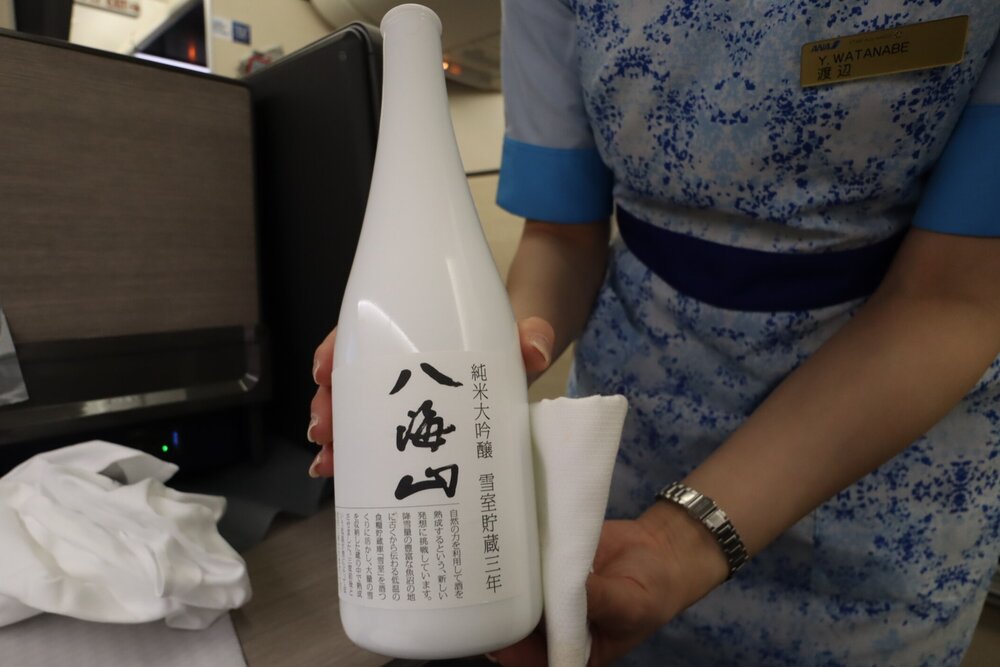
Pairing with Honjozo Sake
Honjozo sake has a cool and refreshing taste, with a moderate aroma. It tends to be lighter on the palate, meaning that you can enjoy Honjozo sake throughout an entire meal.
This makes it work well with both light and heavy dishes. It’s perfect with sushi and other rice-based dishes, as well as hot pots.
Honjozo is also a great companion to tempura, or the more classic fish and chips.
Pairing with Ginjo Sake
Because the Ginjo type of sake is fruity in aroma with a light and refreshing flavour, you need to keep it with light foods. This means it bodes well for light and simple dishes.
You’ll love it with sushi and sashimi as you sit at the sushi bar. For non-Japanese options, mild cooked fish dishes will also pair well.
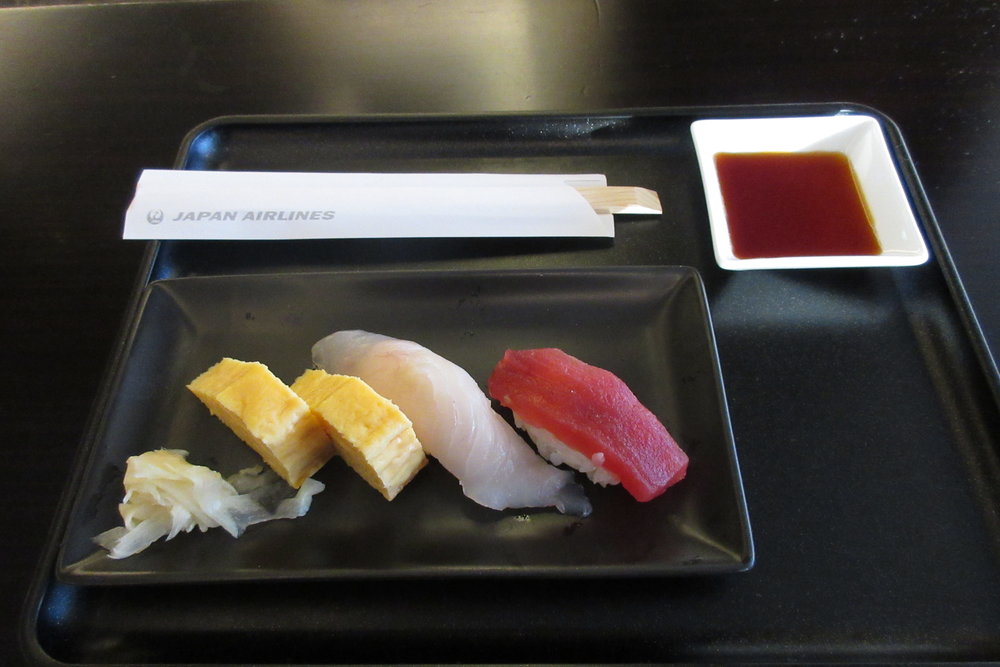
Ginjo sake can also be enjoyed when paired with a caprese salad or carpaccio. It’s also lovely with appetizers as an aperitif.
Avoid pairing it with rich dishes, as the hefty flavours may overwhelm the delicate aromas from the Ginjo sake.
Pairing with Aged Sake
Aged sake pairs best with mature or sweet dishes.
Broiled eel or aged steak come to mind, though you can let it shine with dessert as well. Chocolate and ice cream are excellent options to eat while you sip on an aged sake.
Other Factors in Sake Pairing
Just like with pairing wine, there are plenty of other factors to keep in mind too, which is likely why sake seems like such a mystery. Despite the many variables, these considerations should enhance your enjoyment of sake with the foods you choose.
Acids break down the fats and food in your mouth, creating an almost explosive delight for the palate. If you choose sake that is too acidic, it can overwhelm simple foods that don’t have enough fat to work with it.
Choosing highly acidic and bold sake is best for fatty and oily foods.

Fully understanding the serving temperatures for sake is a story for another time. The short version is that the taste varies with temperature.
Warming sake will bring out a richer, sweeter, and more alcoholic flavour. Meanwhile, cooler sake lets more fragrant notes stand out.
Heating the sake enhances acids, so it’s not a match for delicate dishes.
Umami flavours are everywhere in Japanese cuisine, but you’ll find them all over the world, too. Think of Worcestershire sauce or Parmigiano Reggiano.
Sake itself features umami, and matching the degree of umami in your sake to the food you pair it with will have exceptional results.
Consider the texture of your sake, too.
A full-bodied sake bodes well with full-bodied foods. Creamy and chilled sake options go best with dairy, while sparkling sake is a perfect companion for fried foods.

Naturally, sake is easier to pair with Japanese food. It helps to cleanse the palate while softening strong flavours.
Sushi is just one option, but don’t miss the other delights of Japanese gastronomy. After all, sake is made in a variety of regions which all play a role in proper pairing.
Sake that is produced near the sea is likely to be best for fresh fish. These kinds of sake are dry and clean, a match for the oily fish consumed on a daily basis.
Sake produced in the mountains will match better with meat and vegetables. These types of sake are more rustic and a bit heartier.
With regard to other cuisines, the right sake can bring a new dimension to your dining experiences. Consider pairing it with caviar, Jamon Iberico, beef bourguignon, fresh goat cheese, Thai green curry, or even pizza!
Conclusion
Knowing these tips about pairing sake on your travels, you can find new blissful combinations to enjoy while dining. Some of the world’s most gastronomically-focused restaurants now offer sake to pair with a different array of cuisine, opening up this beverage for global adoration.
Of course, the best part about sake is having the chance to experiment. Using the tips learned here, you can create your ultimate pairings with Japanese food, as well as with any other type of cuisine.






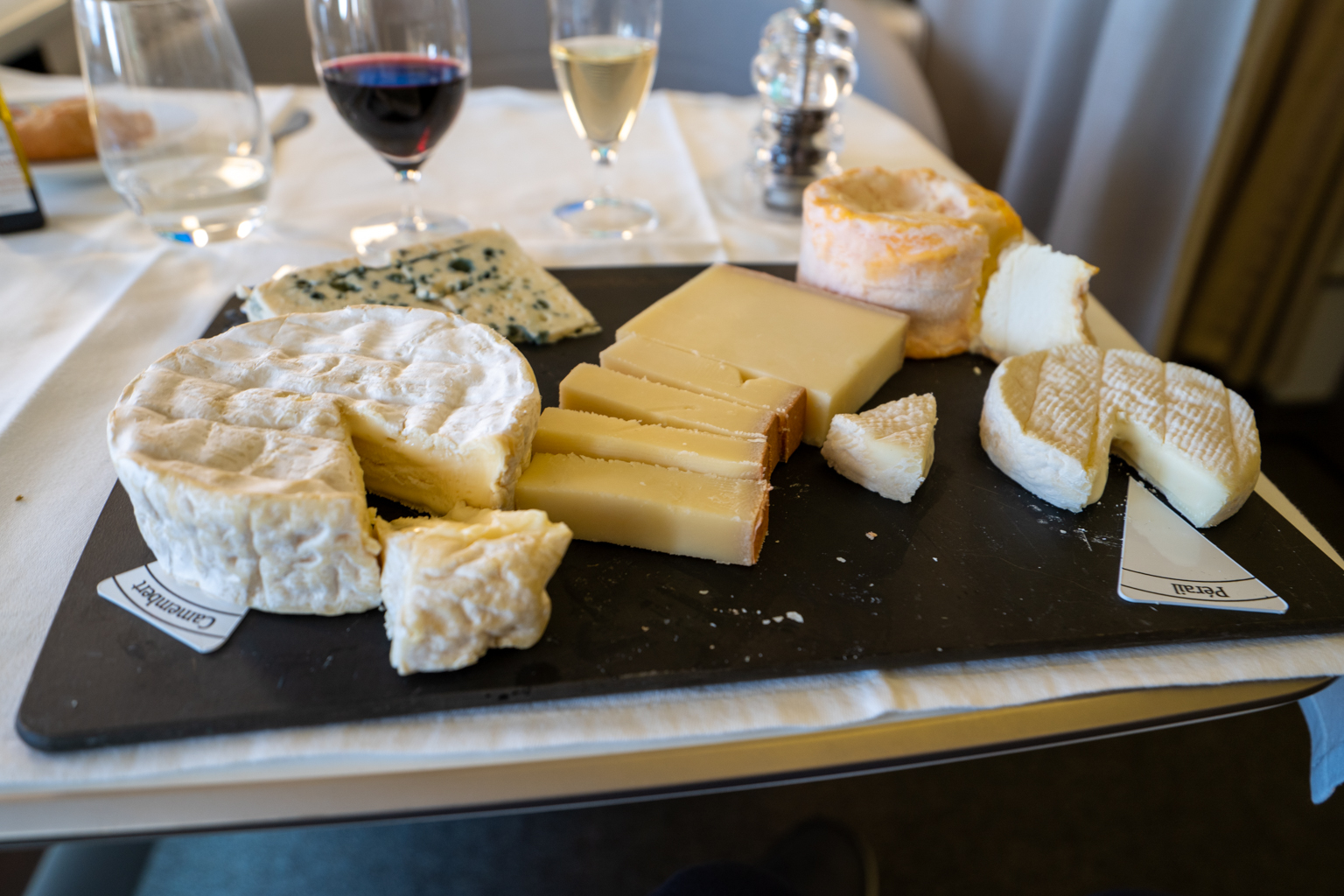


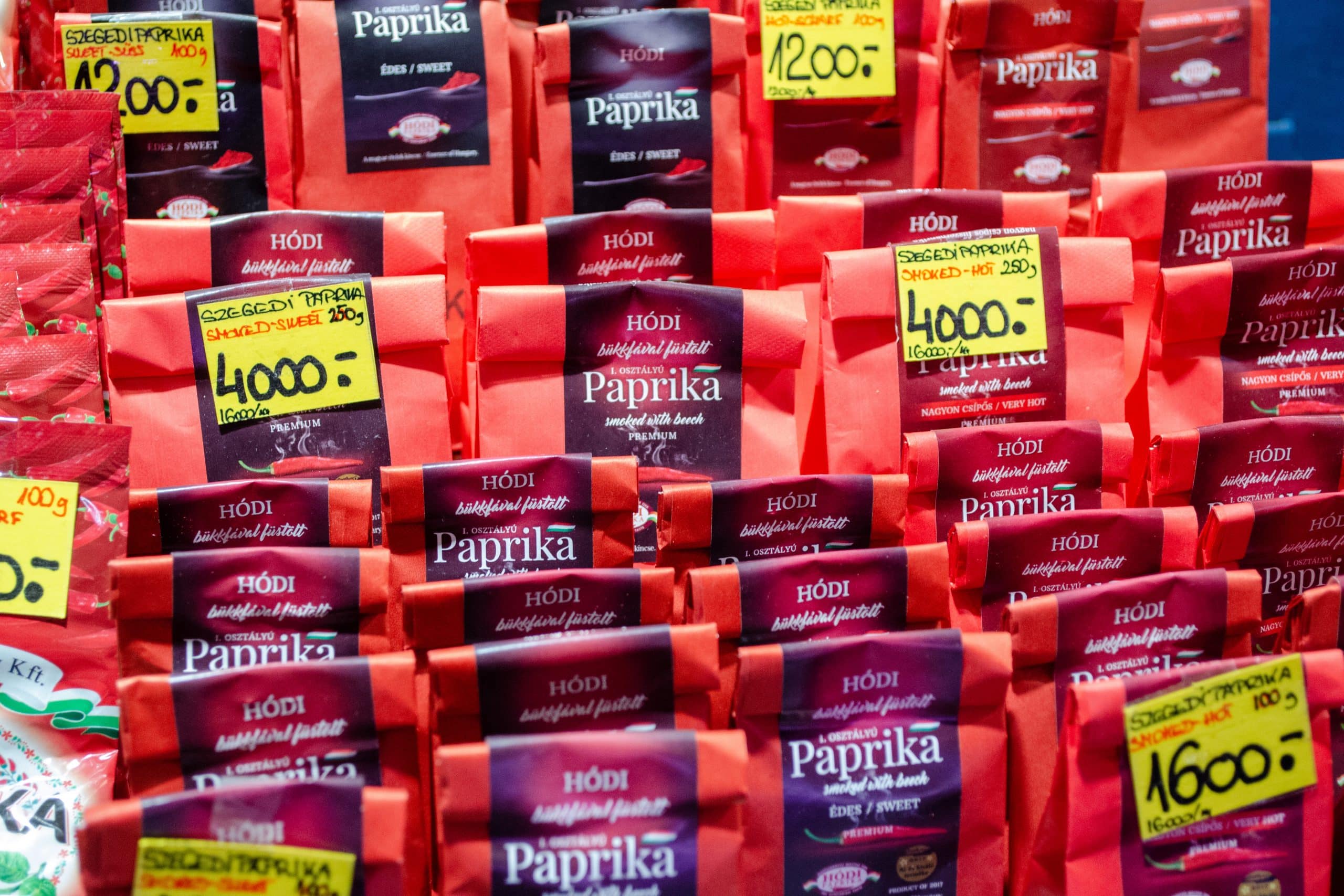


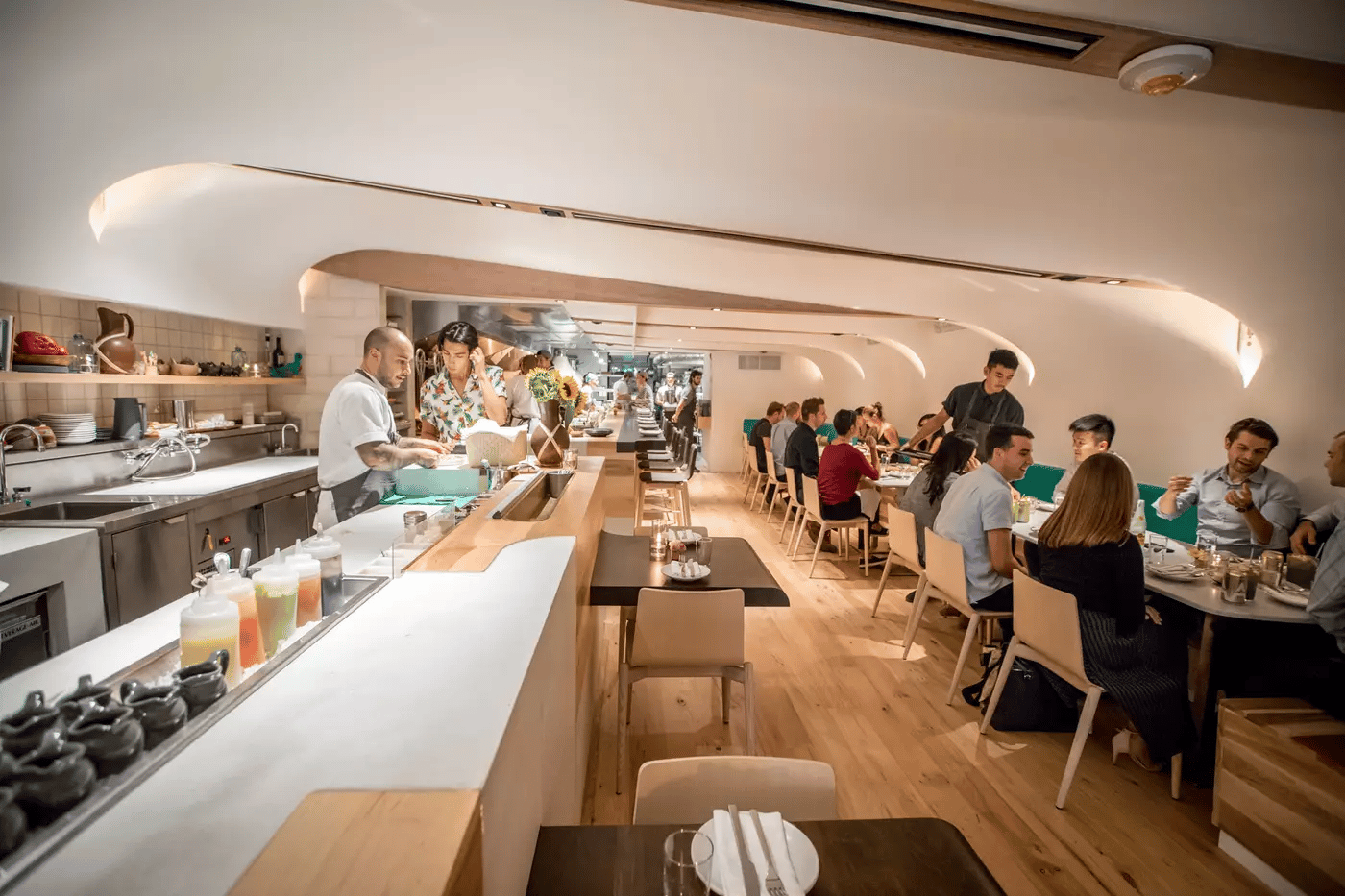

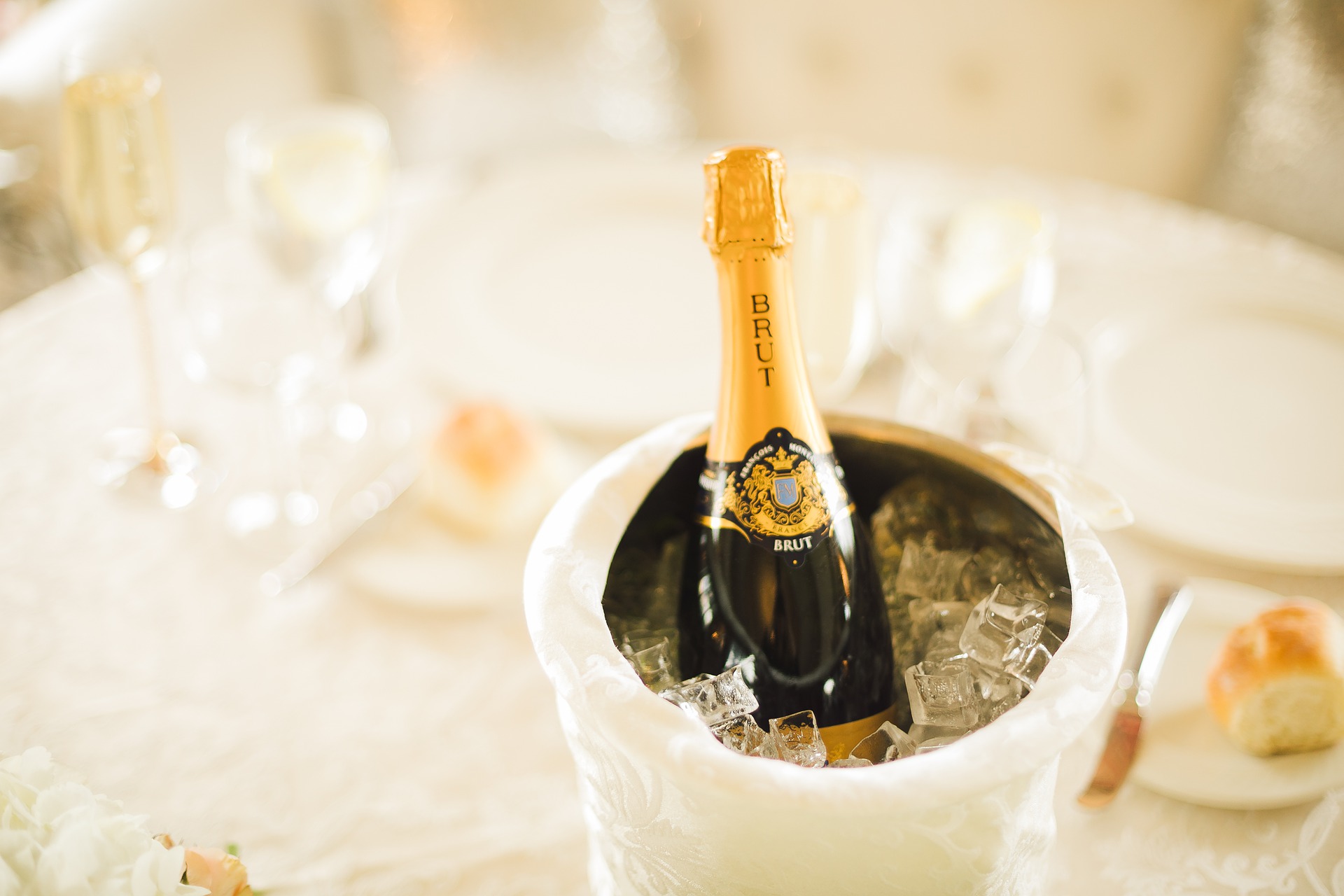














Thanks. Interesting read. I leaned few new things